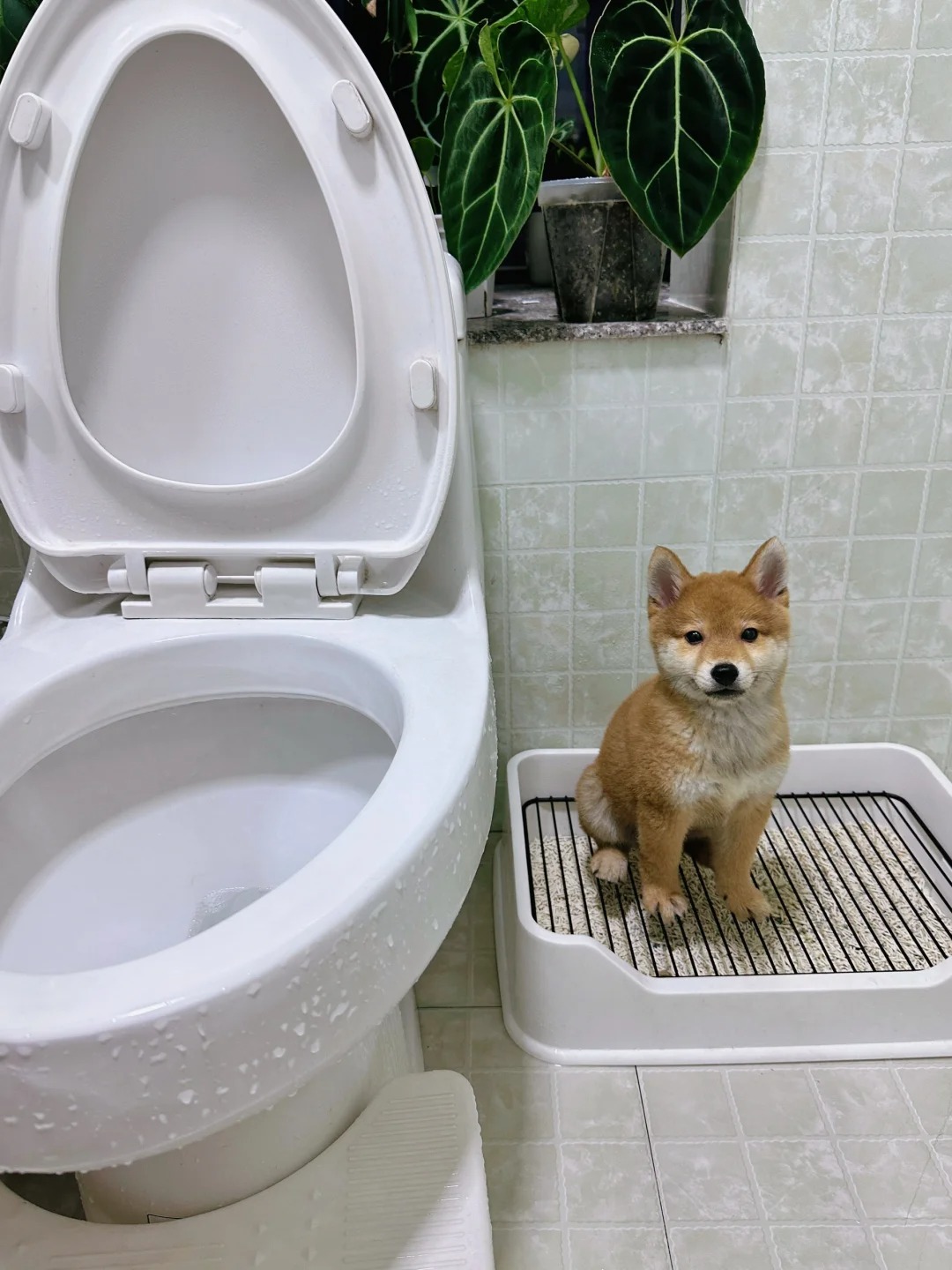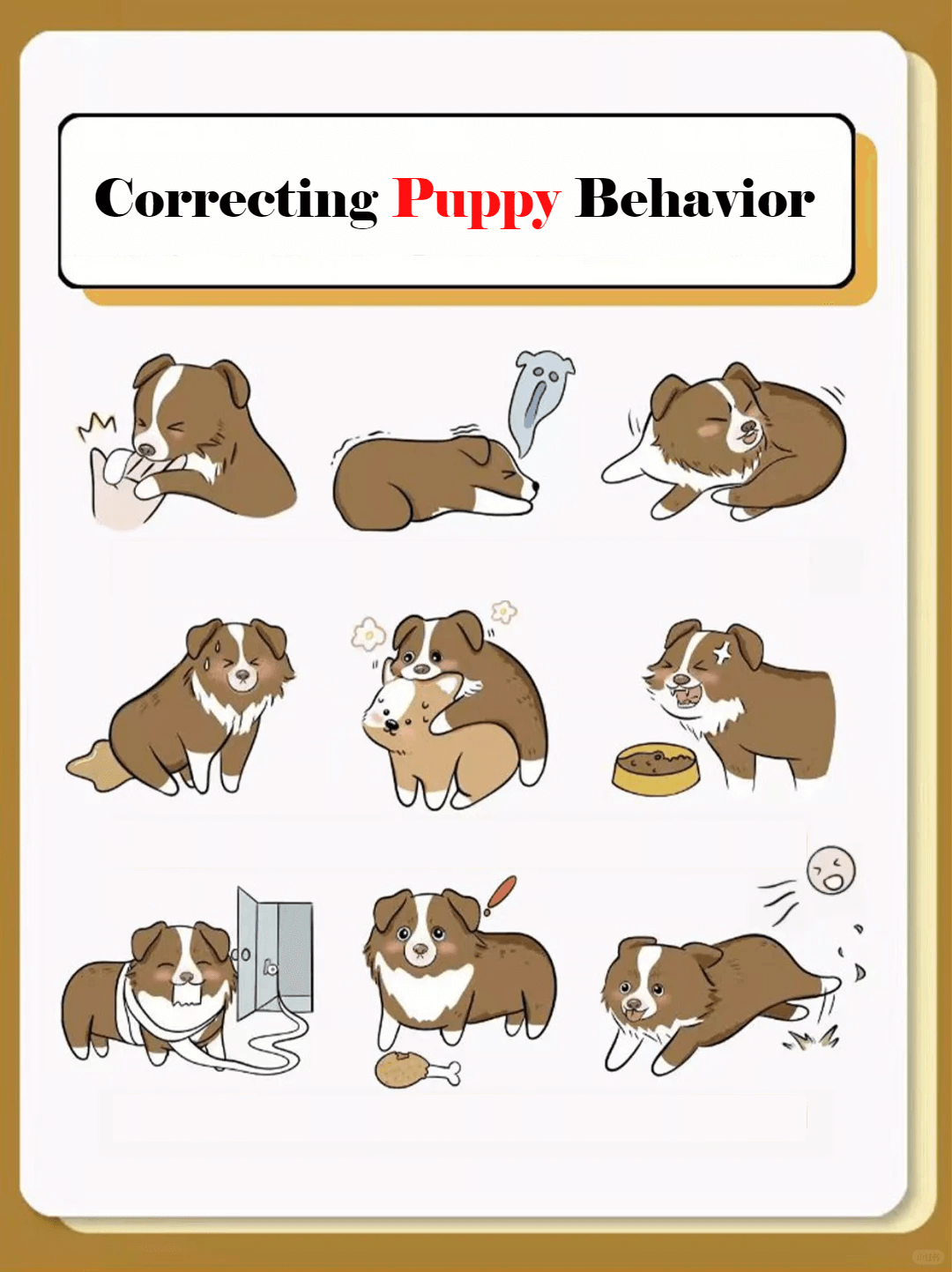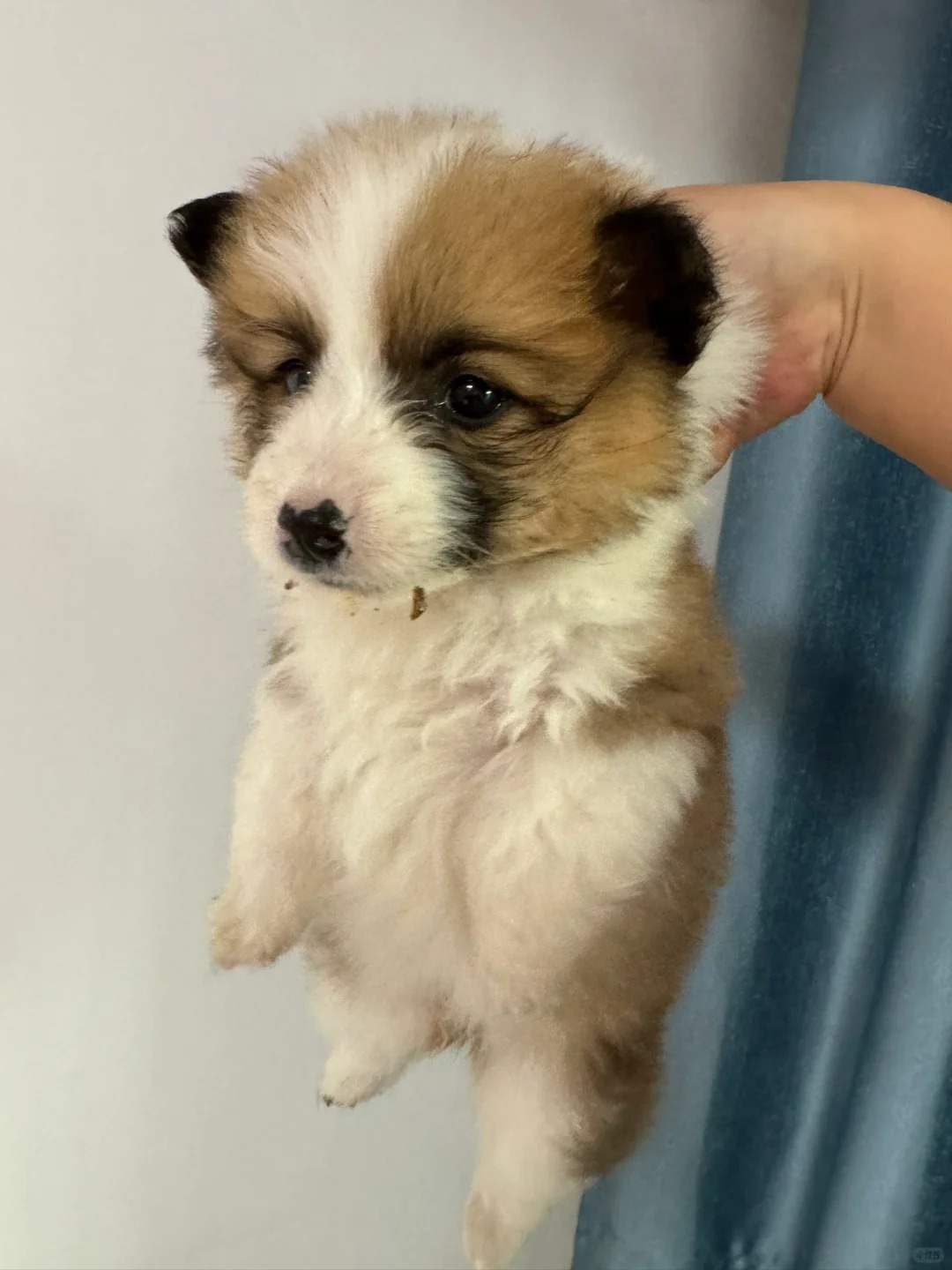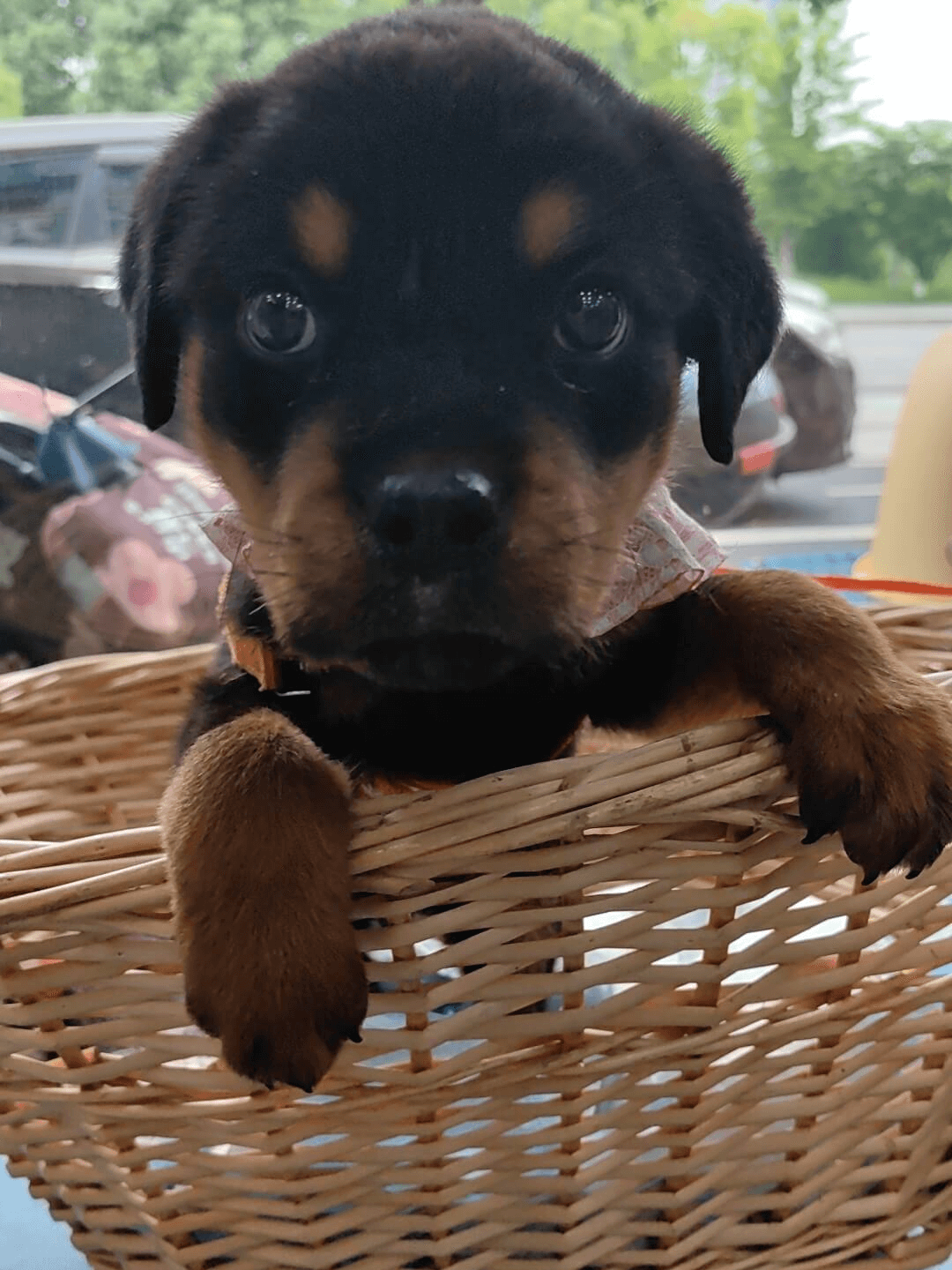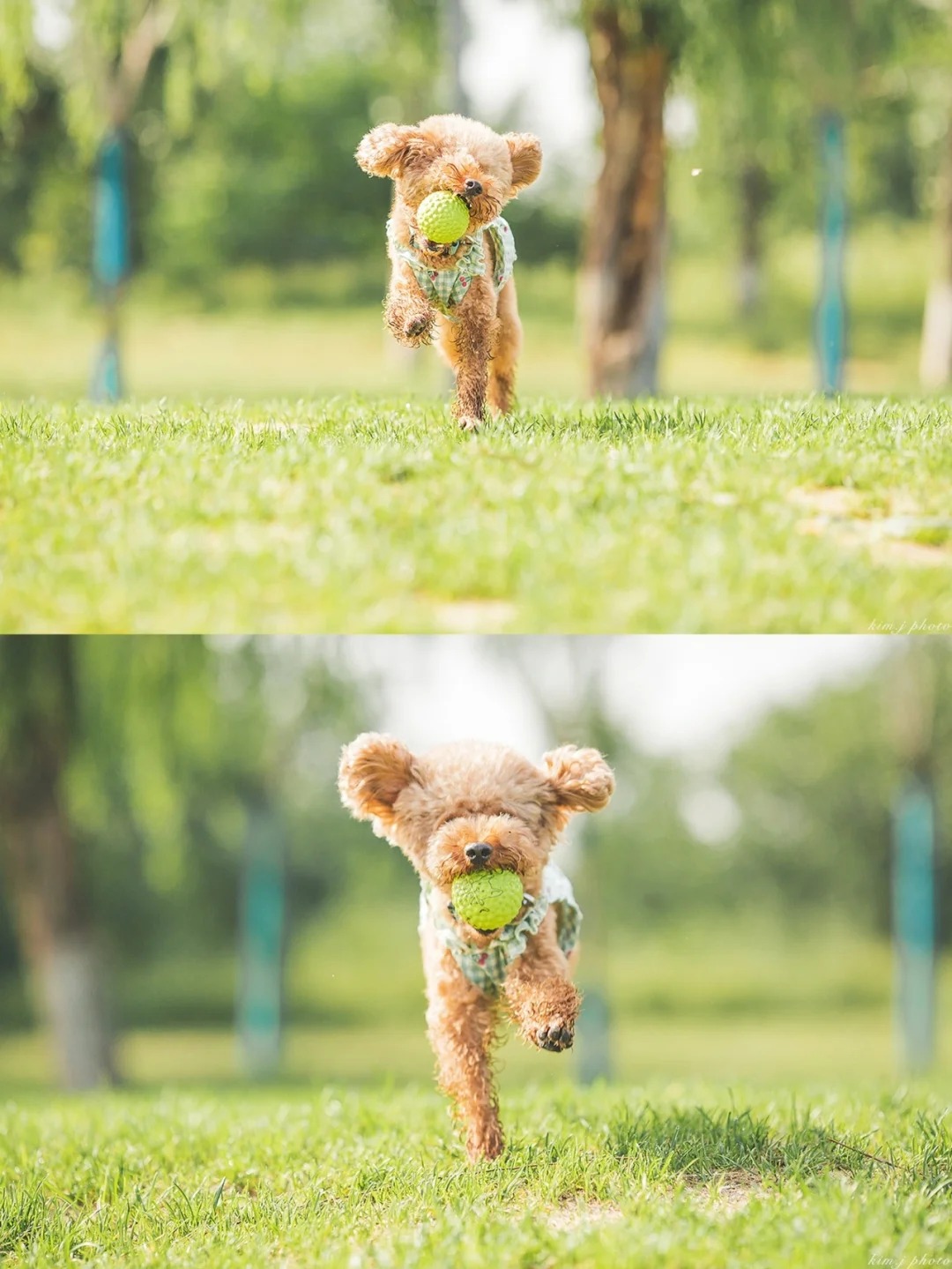🐕 Many new pet owners find it challenging to deal with their puppy's erratic urination habits. Defecation is a fundamental instinct for animals. In the wild, stray dogs would naturally find a place to relieve themselves.
However, puppies generally have poor bladder control. Just like humans, when they feel a strong urge, the only thing on their mind is resolving their physiological need, leaving no room for other considerations.
So❗️ there's no such thing as a dumb dog, only lazy owners.
Here, Mango will gather some effective methods to train your dog to urinate properly. With patience, your pup can be well-behaved when it comes to bathroom habits.
🌟 **1. Simplified Spot Training (Ideal for newly arrived dogs)**
1. 🐶 Use a crate or a travel carrier when you first bring the dog home (this is very important).
2. Prepare a dog toilet (or pee pads) and a fence.
3. Collect some of the dog's urine in advance and sprinkle it on the dog toilet.
4. Each time you open the crate (remember, every time), place 🐶 directly on the dog toilet within the fenced area without interacting (including eye contact). Wait patiently for 🐶 to urinate.
5. If the dog doesn't urinate within ten minutes, it means 🐶 doesn't need to go right now. You can either put 🐶 back in the crate or play with the dog.
6. Common times when dogs typically need to relieve themselves: after waking up in the morning and after every meal. Generally, if 🐶 hasn't urinated for more than 3 hours, they will likely need to go once let out. That's why it's crucial to place them in the dog toilet area immediately.
Therefore, starting with crate training is essential for developing good habits in your new dog!
🌟 **2. Newspaper Training Method**
This method is suitable for correcting the urination habits of adult dogs. Ideally, it should include crate training.
1. Create a conditioned reflex in the desired spot.
After 🐶 wakes up or about half an hour after feeding, lead 🐶 to the spot where you want it to urinate and let the dog stay there for a while. Use gestures or encouraging words to prompt the dog.
2. Collect urine and thoroughly clean the area.
Place a few sheets of newspaper where 🐶 frequently urinates. Use the newspaper to soak up some urine and keep it for later. Then, thoroughly clean and deodorize the area.
3. Train 🐶 to urinate on the newspaper.
At first, dogs don't know newspapers are for urination. Use the urine-soaked newspaper to attract the dog. When you see the dog sniffing around the room, guide it to the newspaper until it 💩, then give interaction and rewards.
Every day, place a urine-soaked newspaper on top of a fresh one. Over a few days, the dog will learn that the newspaper is the spot to go.
Once familiar, start using clean newspapers, guiding the dog by the smell to the toilet spot.
4. Gradually move the newspaper's location.
Once 🐶 gets used to urinating on the newspaper, you can slowly move the newspaper to new locations, like near the door or in the bathroom.
5. Remove the newspaper.
When 🐶 is accustomed to urinating on the newspaper in the designated spot, you can try removing the newspaper.
With enough patience and proper training techniques, teaching a dog to use a specific bathroom spot isn't difficult!
